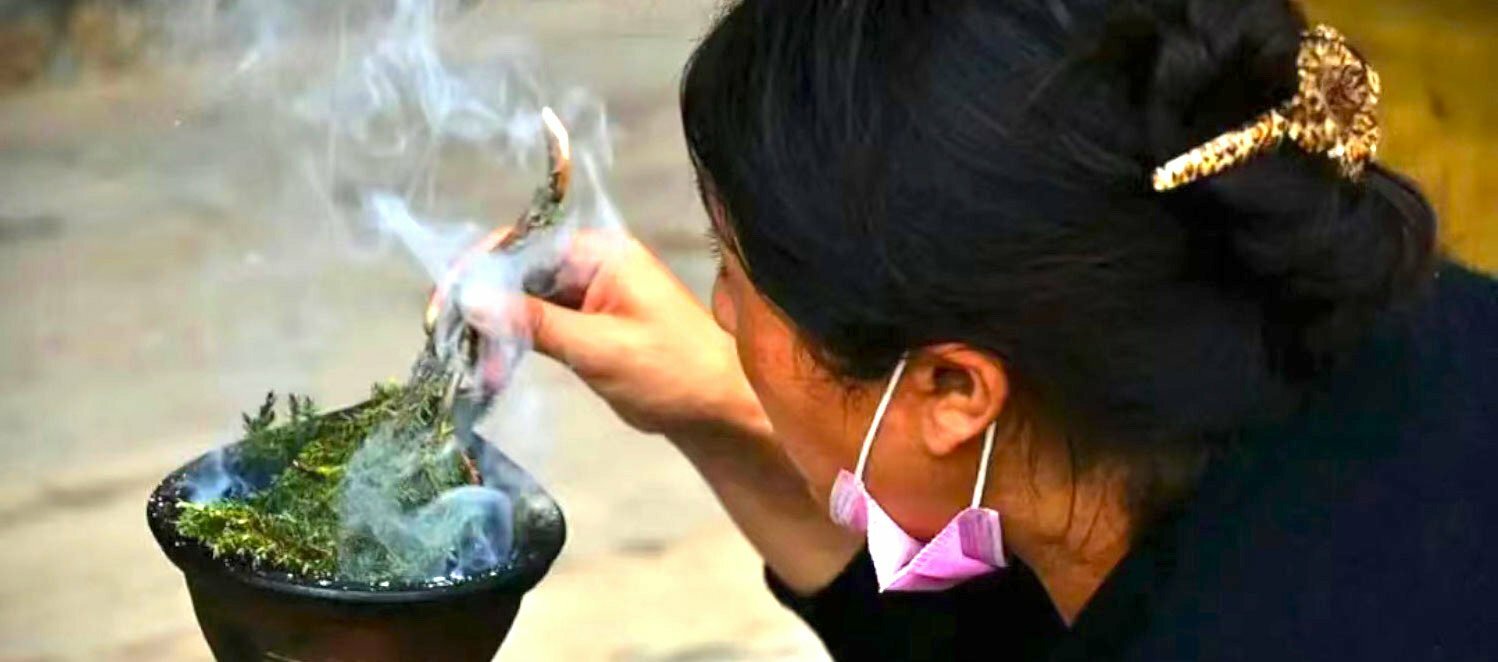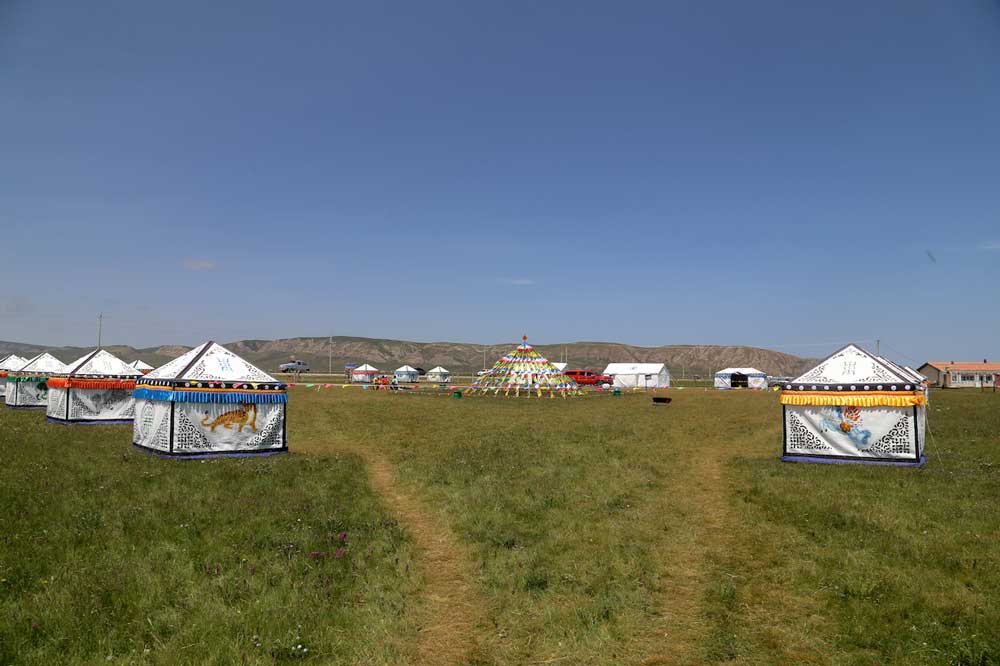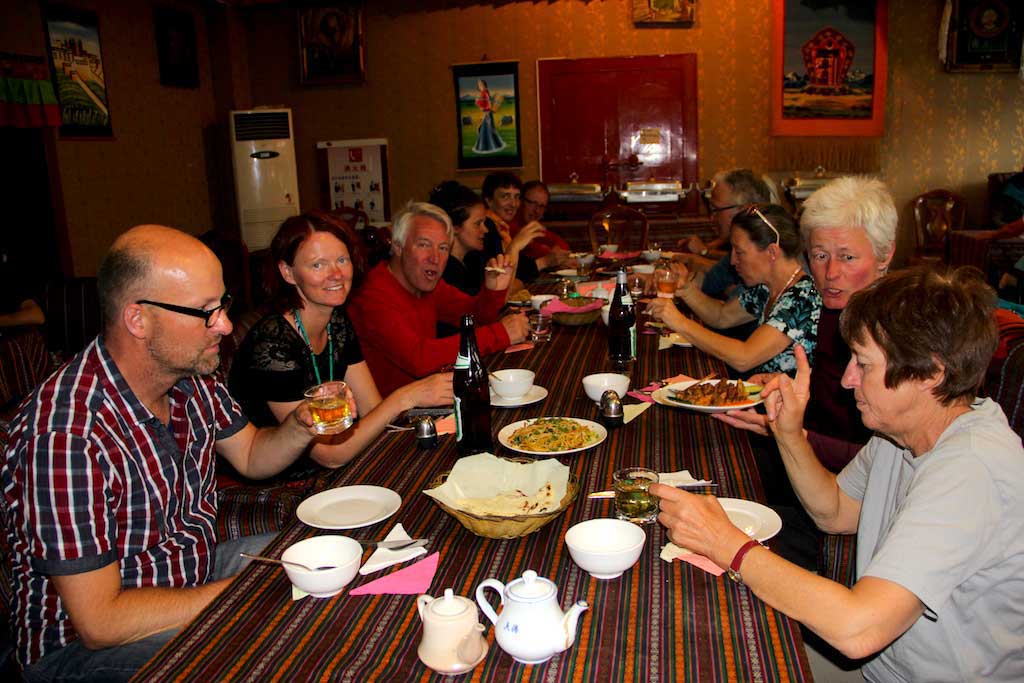Perhaps you’ve noticed from the available products that our online Tibet store is the perfect place to shop a variety of authentic Tibetan incense. The most defining (and presently most popular) facets of Tibetan incense are the purity of its ingredients and the depth of its heritage.
Though commercial incense has become widely available over the past few years, traditional production methods are still practiced across the plateau. Today, most Tibetan incense is still hand-rolled, and unlike other incense producing regions. Central supporting sticks are not used to hold the incense together.
Although an exact timeline for Tibetan incense culture and production is not verifiable, it is almost certain that incense reached Tibet from the Indian subcontinent. Incense-making adapted to local conditions and materials, and various recipes highlight the unique flora of the Tibetan plateau. Most recipes include a mixture of local herbs renowned for their medicinal properties, with a wood base used as the primary ingredient.
Agar, pine, saffron, amber and highland flowers are just a few examples of the many plants that may be used. Ingredients are first ground into a powder and then mixed with water to form a paste. The paste is then hand rolled and allowed to sun-dry. Other varieties of incense include loose, powder-form mixtures. Which are burned in special bowls or offering altars, conical incense sticks, and “rope incense.” Made by twisting thin sheets of rice paper laced with incense mixtures.
Traditional Tibetan Incense
The tradition and culture of incense on the plateau is unique not only for its production methods, but for its importance to both medical and religious traditions. Incense is believed to enhance health and mental clarity by purifying the senses of the individual and the surrounding air.
It is purported that the different blends of medicinal plants used in Tibetan incense production may have the effect of reducing stress and anxiety, or even preventing the transmission of some airborne pathogens. For these reasons, incense has long played an integral role in ritual traditions. Many of the oldest incense recipes are held by monasteries, who use special blends as sacred rituals offerings.
Mindroling Monastery is particularly famous for its incense, but there are also numerous villages and smaller production centers with recipes of equal or even greater antiquity.
Beyond being the purview of monks alone, incense is an important component of the tradition of sang chod(cleansing-offering), or offering incense smoke. sang chod rituals involve offering prayers alongside the burning of incense mixtures, and constitute daily practices for many lay followers of Tibetan Buddhism as well.
Our online Tibet shop provides those interested in Tibetan incense with an excellent and varied selection of high-quality Tibetan product deals. Enjoy the rich sensory experience and partake in the tradition of authentic incense by shopping our Tibet shop.










